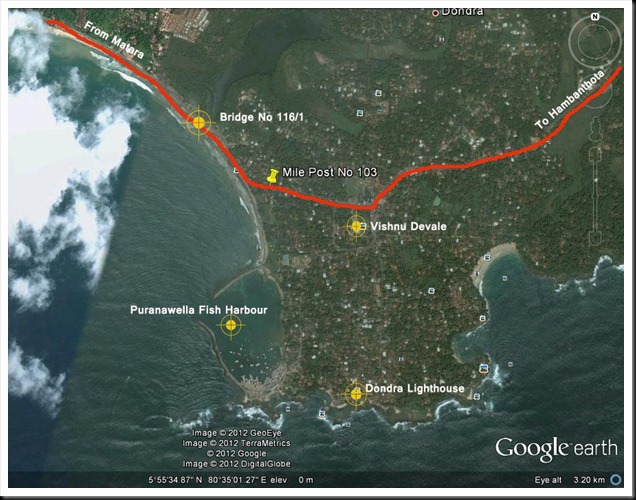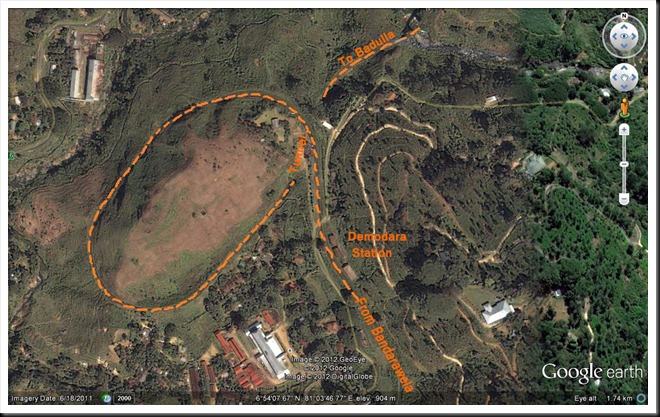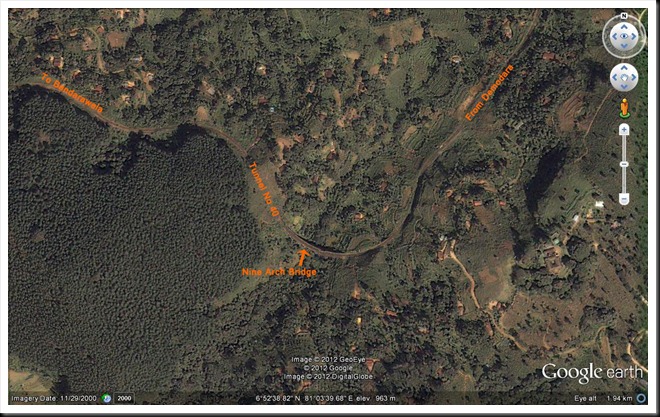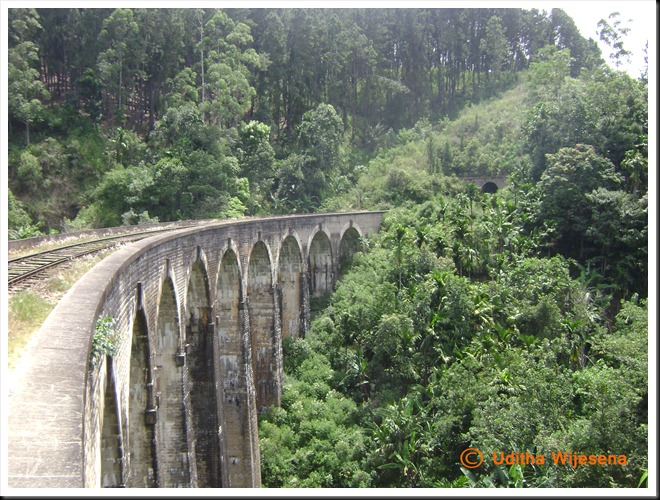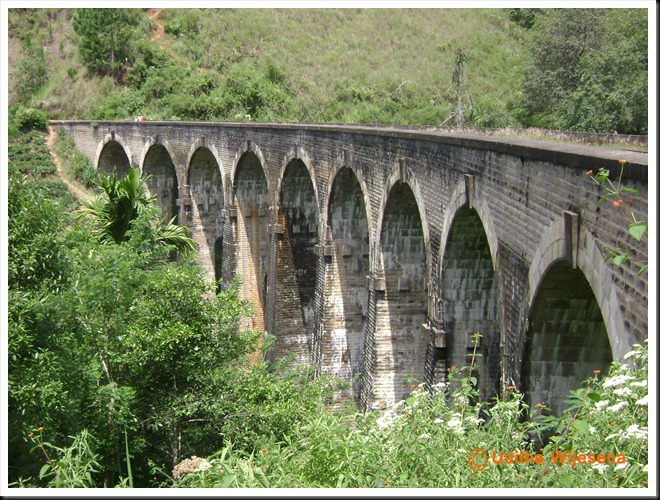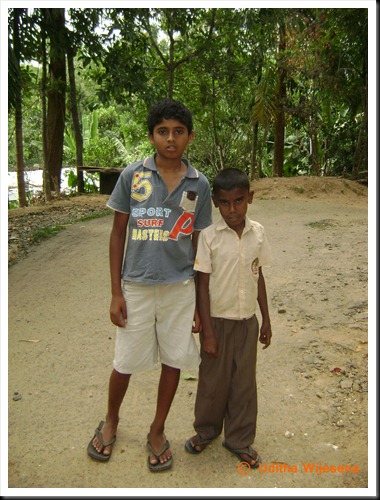Units of measurement were among the earliest tools invented by humans. Among them distance was primeval.
.
History records of a early Cubit used in the Indus valley in the 3rd millennium BC. The measures of length used in ancient India included the dhanus (bow), the krosa (cry, or cow-call) and the yojana (stage).
Yojana may be the equivalent to Sri Lanka’s Yoduna while we also had the Hooowa; the furthest distance the human hoot could be heard,
Romans invented mille passes; one thousand [1000] paces or double steps. A pace was equal to five Roman feet [approximately 1480 mm]. and the Roman foot approximated 296mm. The Roman mile of 5000 feet was introduced to England during their occupation, and it is said that Queen Elizabeth I [1558-1603] changed its status to 5280 feet. Its interesting to note how, why and who made school mathematics so complicated?
From then on every where the British went so did the mile and the milestone that kept on adding on the length of the roads they built. In Sri Lanka they were carved out of granite and the mileage and the name of the township hued out on it. They were planted along the road to specification on the left side of the road from origination to destination.
Just as specifications and codes of practice are to keep to uniformity, there are exceptions. Of all the hundreds of milestones produced by the Public Works Department [PWD] then, there is but one exception that is still to be seen even though the Kilometre has come to stay with us on the right hand side of the road since the early 70’s.
The 103 rd milepost on the A2 route from Colombo to Wellaway is not in line with the standard mile post and is excessively tall to be 90 inches above ground and 10.5 inches wide. To stand at 90 inches above ground it should measure at least another 40 inches below ground.
I tried my best to get to the history behind this but with no avail. Nihal Fernando the veteran Travel Photographer notes in his book by Studio Times “The Handbook for the Ceylon Traveller” ; it is probably carved out of a temple pillar, but does not speculate to its speciality.
And why is it now built into a wall is again a mystery. Probably for stability but needs to be dealt with properly during the forth coming road widening for it is special not just for its height.
It is geographically the south most milepost in our country. You will not miss it. It is right opposite the Peoples Bank at Devinuwara [Dondra] on the land side just after the bridge number 116/1.
Pose with it for your picture; its over 7 feet tall and you can say that you've been to the south most milepost in the island. This way it would be preserved for the future generations.
Finally I would like to speculate on the elephant figure on it. It may be a memorial to a elephant that assisted in road building which may have passed away in the vicinity and the height may be a match to its height at the shoulder.


